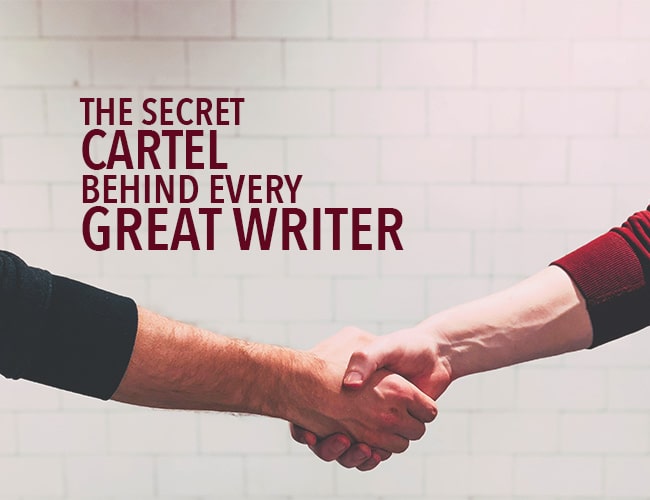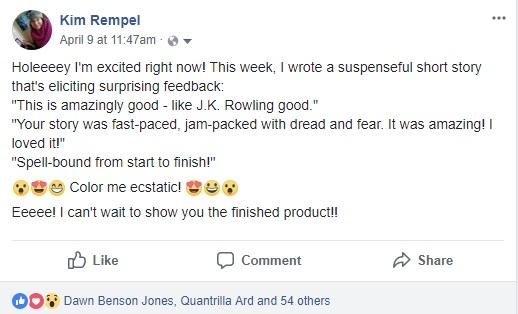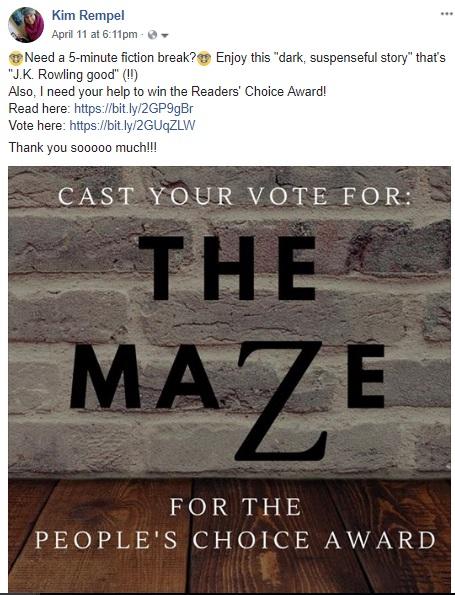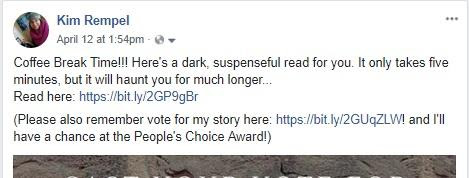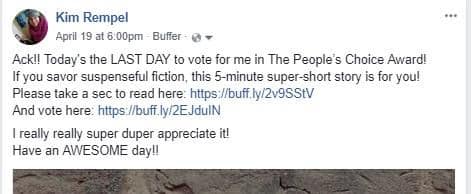Ever had days when life feels like a broken-down Rube Goldberg machine? Cobbled together from bits of cast-off junk, limping along, and missing the connections that bring a satisfying result? If you have, you share something with the bulk of humanity. Most of us feel that way at some point.
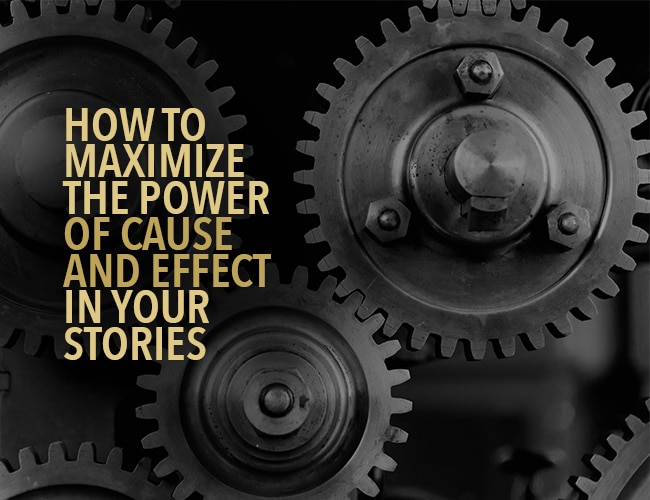
A person’s life consists of an enormous jumbled mass of cause and effect events, on a scale so huge that connections are rarely obvious or traceable. By contrast, a character’s story is a relevant subset of such events in which the causal relationships are evident. Sometimes overt, and sometimes subtle, but always present if you want to create a story that resonates with readers.
What’s It All About?
At heart, we all seek for meaning, striving to make sense of the events in our lives. Readers gravitate toward stories that fulfill that need.
So, if your story comes across more like a malfunctioning Goldberg machine than a well-oiled mechanism with all parts in order, read on to find out how the power of cause and effect can help.
Building Your Skill Set
Ralph Waldo Emerson said, “Shallow men believe in luck or in circumstance. Strong men believe in cause and effect.” The same can be said for writers. Making cause and effect a vital part of your writer’s skill set will go a long way toward ensuring every scene has impact, contributing to the outcome of the story overall.
In fiction, the causes often stem from the background of the characters, while the effects are found in the plot developments that arise from those background causes. As a writer, you should be aware of these relationships in your story as a whole, in the continuity of your scenes, and in the line by line actions.
Think in Terms of Stimulus and Response
In his book Scene and Structure, Jack M. Bickham writes, “Stimulus and response are cause and effect made more specific and immediate.” He gives these guidelines for using this technique to improve clarity and credibility in your writing:
- Stimulus must be external. That is, action or dialogue, something that could be witnessed if the transaction were on a stage.
- Response must also be external in the same way.
- For every stimulus, you must show a response.
- For every desired response, you must provide a stimulus.
- Response usually must follow stimulus at once.
- When response to stimulus is not logical on the surface, you must ordinarily explain it.
If you neglect following through with these guidelines, two bad things stand to happen. Your reader will be confused, and a confused reader is a frustrated reader with little motivation for sticking with your story. And you lose credibility. A reader who can’t believe in your story will stop reading.
4 Ways to Mess It Up
Bickham goes on to discuss common ways writers mess up the stimulus-response transaction:
1. Stimulus without response
You can show a stimulus and then show no external response (or perhaps one that doesn’t fit or make sense).
Here’s an example. Let’s say your character, Mike, opens the courthouse door for Jennifer. With Mike’s action of holding the door, you’ve set up a stimulus. The reader will expect a response from Jennifer. She may thank him, tell him to drop dead, or simply pass through, but if you don’t close the stimulus-response cycle, it will niggle at the reader on some level, weakening your story.
Granted, this is a simplistic example, but I hope it carried the point. Details are included in a story on a need-to-know basis. If it’s important to call attention to Mike holding the door for Jennifer, it’s equally important to include her response.
You might think the reader would assume an action on Jennifer’s part, but Bickham states that a high percentage of readers do not connect those dots. Be on the safe side and close the loop. Remember, we’re speaking of things that happen largely on a subconscious level. The reader won’t know what’s bugging them, only that something is.
2. Response without stimulus
You can show a character response when no credible stimulus for it has been shown.
As writers, we know and see a lot more than the reader, and sometimes we forget to clue the reader in. I once read a story from a beginning writer that described a spectator at a baseball game leaping up and running from the stands. That was the response, but there was no stimulus shown.
When I asked about it, the writer explained the man had stepped in an anthill. The problem? The reader has to know about the anthill in order to make sense of the response. It seems obvious, but this type of mistake is fairly common.
3. Too much time between stimulus and response
You can put so much story time between stimulus and response that the logical relationship between the two events is no longer evident.
Stimulus: When Sarah stepped onto the trail, a large black snake slithered across her boot.
Response: Three hours later, she screamed.
If your scene doesn’t follow a well-timed chain of cause and effect, it creates a gap for readers to get lost in.
4. Response, then stimulus?
You can get it backward.
Example: Scott jumped after a clap of thunder shook the ground.
Better: A clap of thunder shook the ground, making Scott jump.
Getting It Right
Don’t despair! Bickham showed us how writers often fall short in this area, but he also gives guidelines for finding and fixing problems in the flow of your cause and effect.
Every stimulus needs a response
Make sure every stimulus you set up gets a response; that every cause you put into play spawns a corresponding effect. And put it in the right order. If you have to explain why something just happened, you’re telling the story backwards.
Read over what you’ve written. Do the results of each scene set the stage for the next? Examine your work on a line by line level. Have you closed the loop on every stimulus-response cycle? Do the actions affect what comes next?
Remember Chekhov’s gun—if in the first act you have hung a pistol on the wall, then in the following act, it should be fired.
Every response needs a stimulus
Make sure every response is preceded by an appropriate stimulus; that every effect has a precipitating cause.
Readers demand more in return for the time and effort they put into a story than convenient conclusions of the Scooby Doo variety. You owe your readers properly set up payoffs, and this requires threading the cause into your story in a believable way, before you bring about the effect. Get this right, and your readers will sail through your story with great satisfaction.
What’s in It for You?
It may seem like a lot of effort, but like anything else, it gets easier with practice. Bickham provided a superb reason for honing this skill: “Once you get good at this as a writer, you can make almost anything happen in your story; all you have to do is figure out what is to cause it.”
Beyond that, you make your reader happy, and a happy reader will look for more of your work.
Have you ever read a story that confused you or didn’t pay off in a satisfying way? Have you struggled with getting the cause and effect story elements right in your own stories? Tell us about it in the comments section.
PRACTICE
Identify the cause and effect relationships in a piece of writing you’re working on. Take fifteen minutes to review and make sure you’ve closed the loops, providing a stimulus for every response, and following up every cause with its payoff effect.
If you don’t have a current piece going, create a character and think of some cause and effect relationships that could drive their story. Write them down.
When you’re finished, post your practice in the comments section. And if you post, please leave feedback for your fellow writers!
The post How to Maximize the Power of Cause and Effect in Your Stories appeared first on The Write Practice.
from The Write Practice https://ift.tt/2FtVz9m














